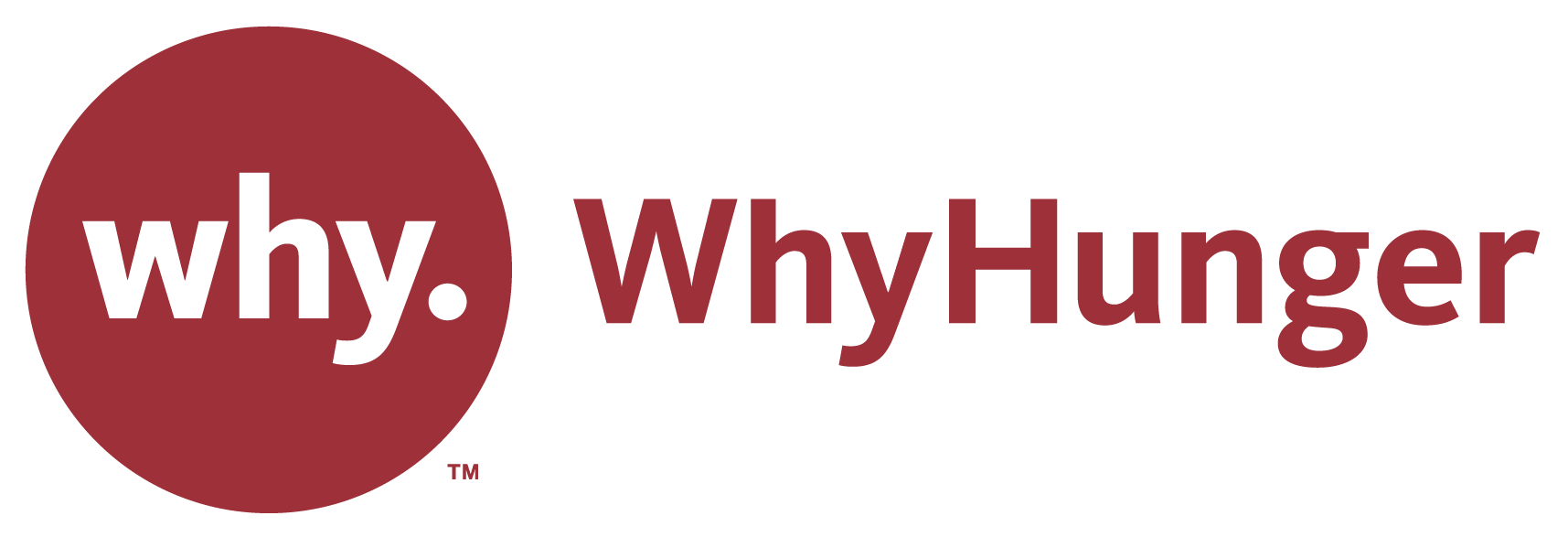
“There are homeless people, and there are peopleless homes.”
These were the opening remarks of Owen Rogers of Picture the Homeless (PTH) at the launching of PTH’s new report, Banking on Vacancy: Homelessness and Real Estate Speculation. Rogers’ first assignment when he came to PTH was to track the number of homeless individuals on 3rd Avenue. What astonished him was not the number of homeless, but rather the number of vacant buildings. Observations such as that are what led PTH to embark on a multi-year, community-based participatory research project to identify abandoned buildings and lots throughout New York City. Rogers, like most staff and board members of PTH, has been homeless himself and believes that the solution to the problem can only come from those most affected by it.
In NYC and many other places, it is the landlords who are often gatekeepers to homes. One common practice, for instance, is for landlords to only rent commercial spaces at the ground level of their buildings, leaving the rentable residential upstairs empty. The landlords do not lose money in the process because commercial spaces can rent for anywhere from 10 to 25 thousand per month. The cost of the building for the entire year will only take four months of rent to cover.
PTH has worked to uncover just how many buildings and lots are empty. Their survey of 1/3 of NYC revealed 3551 vacant buildings and 2489 vacant lots that have the potential to house almost 200,000 people. The publication goes into detail to assist others in replicating this type of research in their own communities and outlines alternatives to the current housing system.
One such alternative is the creation of community land trusts that provide affordable and sustainable homes through community control and engagement. The idea of community land trusts lost steam in the late 80s, but PTH points out that there are a number of viable models across the country, including Cooper Square in NYC’s lower East Side.
With the publication of Banking on Vacancy, PTH believes that this is the missing piece to what Rogers calls “the curriculum of the poor.” Their hope is that this document will create some waves and spark a new social movement led by the people.
WhyHunger proudly supports the work of PTH whom we awarded the Harry Chapin Self-Reliance Award in 2008 in recognition of the transformational and proactive work they do to engage the community in challenging the root causes of homelessness. As WhyHunger and our partners in the food movement work on the issue of access to land in both urban and rural communities, there seems to be fertile ground to connect with and learn from the excellent work of PTH.
Learn More!
- Visit Picture the Homeless to learning more about homelessness and real estate speculation.
- Visit WhyHunger’s Food Security Learning Center section on www. to learn more and find out how you can help!

